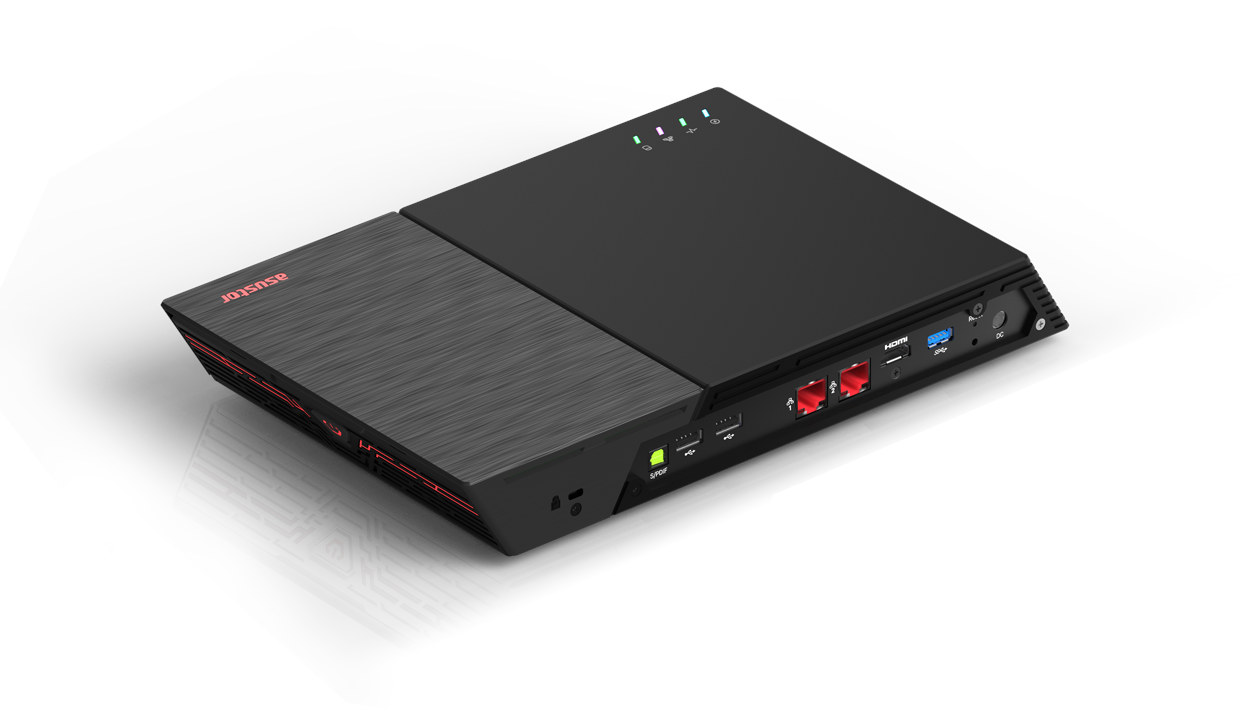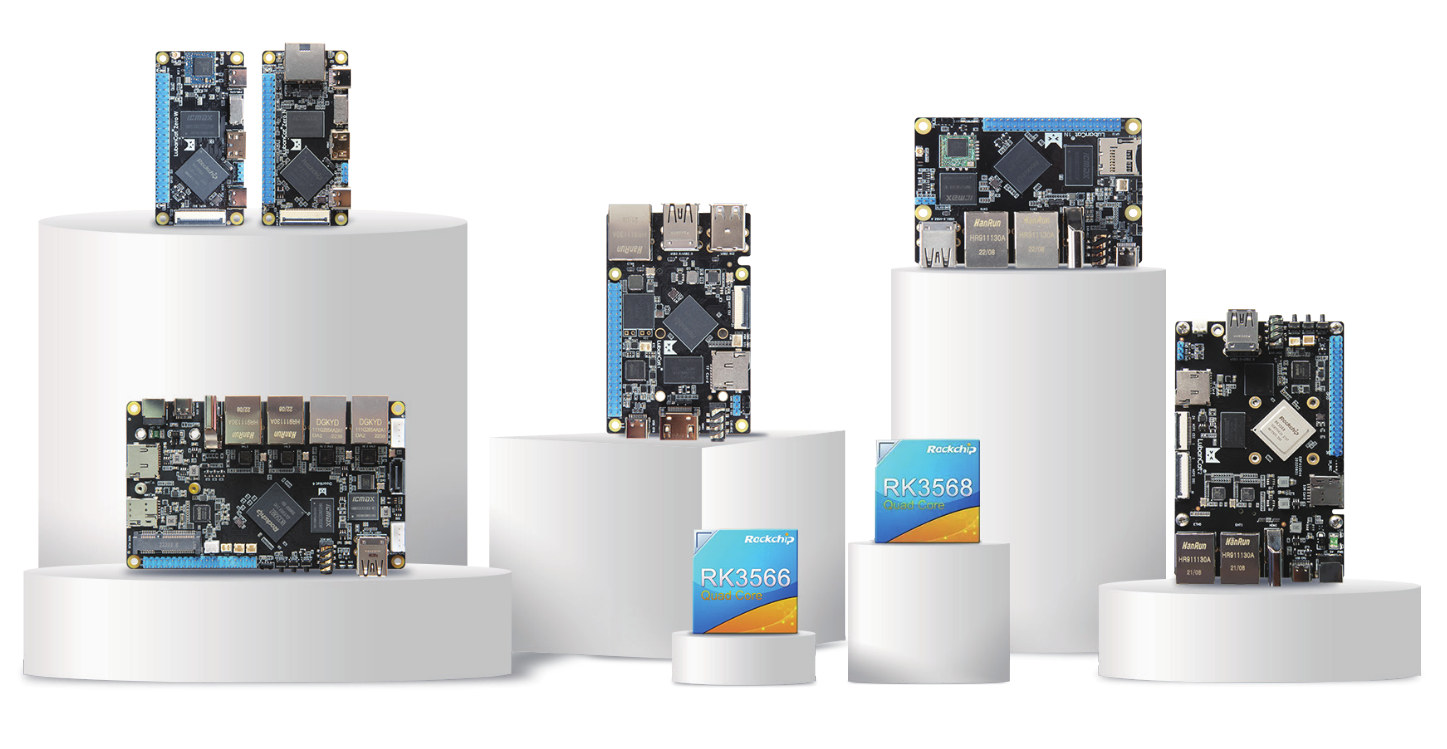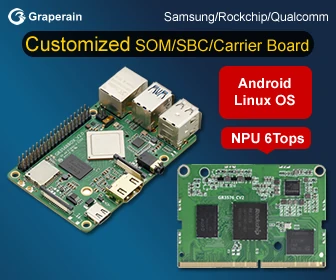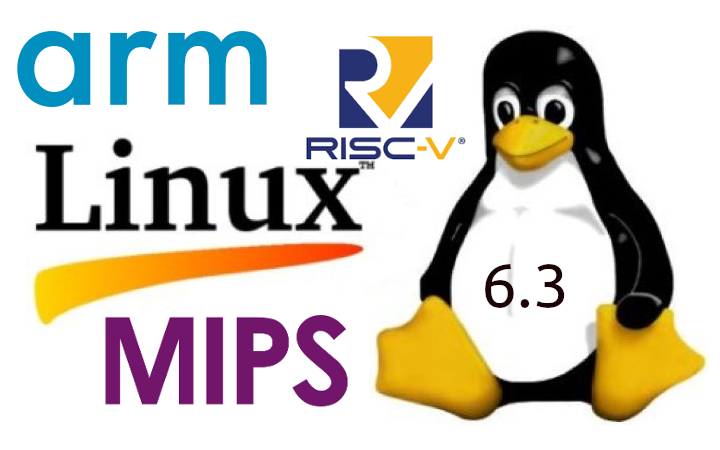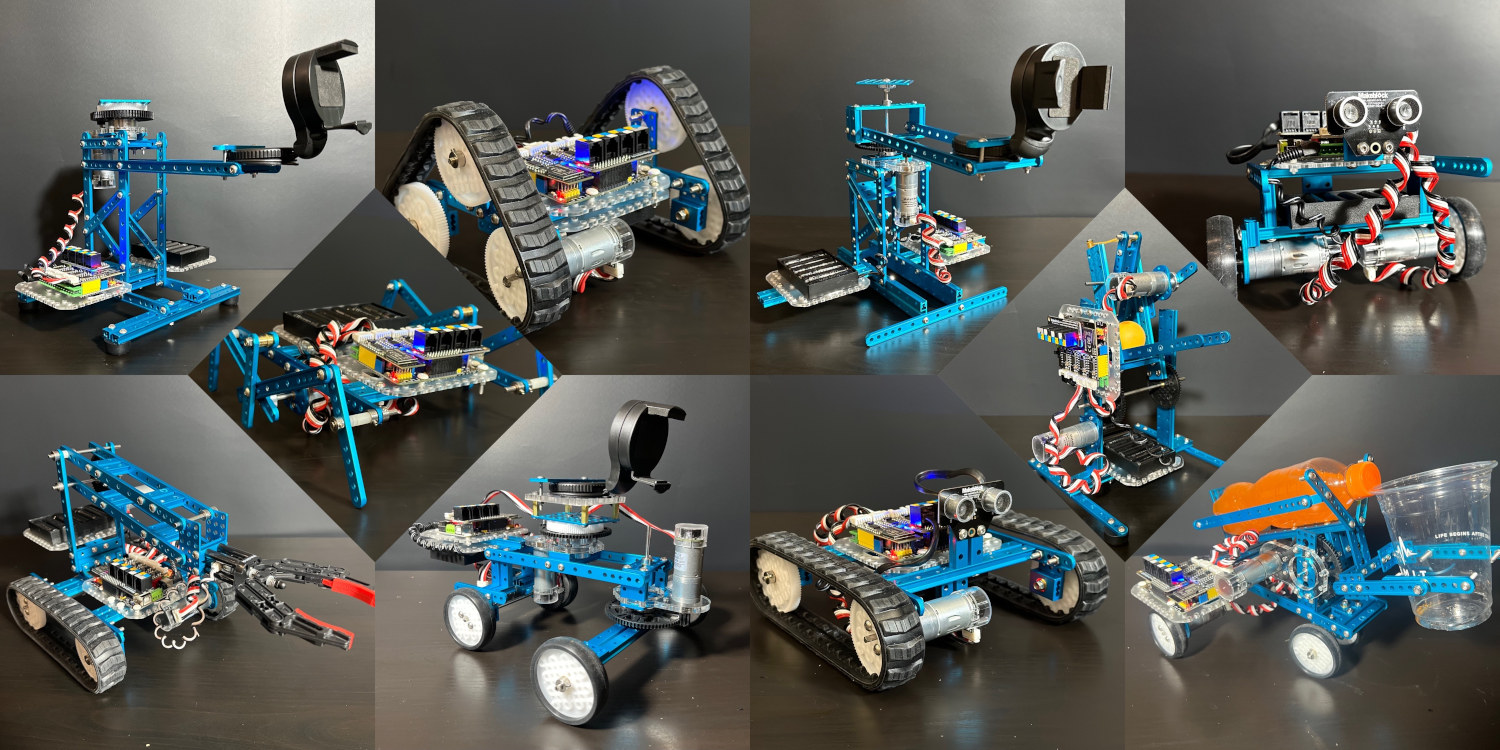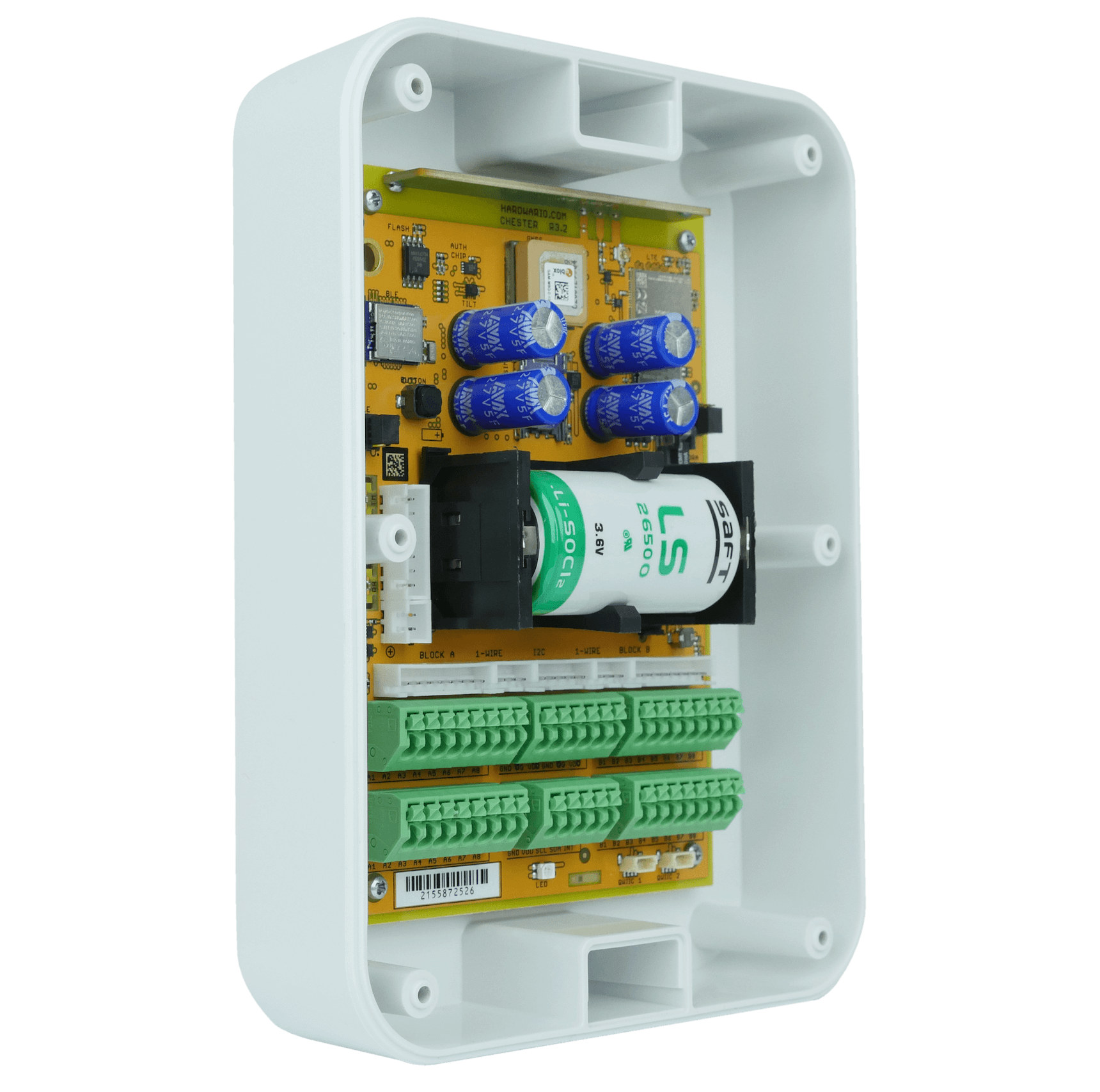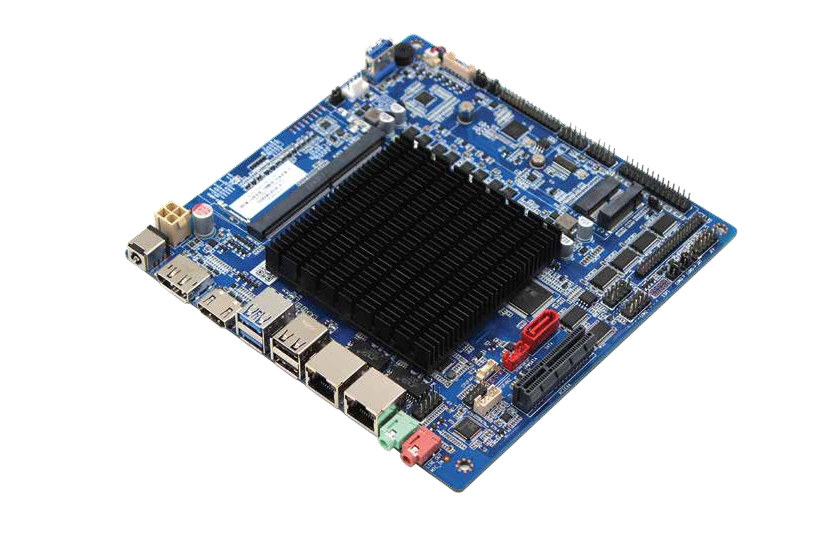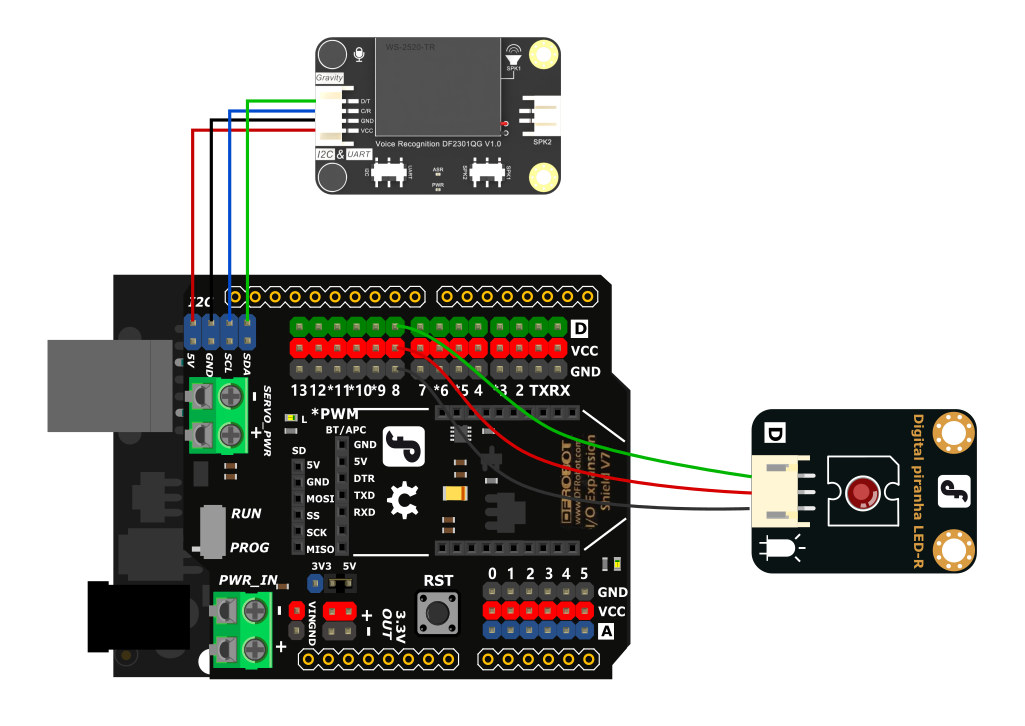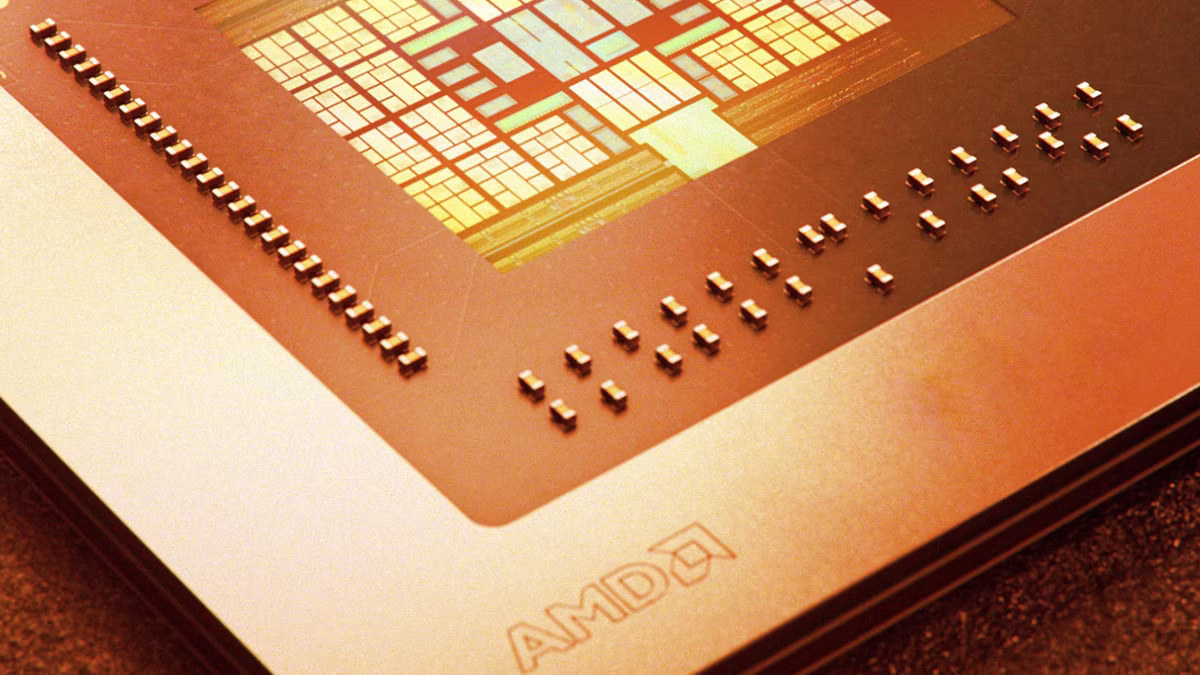ASUSTOR FLASHSTOR 6 and FLASHSTOR 12 are network access storage (NAS) devices powered by a quad-core Intel Celeron N5095 Jasper Lake processor and designed for respectively 4K audio and video content consumption for the former and 4K video editing for the latter. Both models come with 4 GB of DDR4-2933, two USB 3.2 Gen 2×1 ports, and HDMI 2.0b video output, but the FLASHSTOR 6 supports up to 6 M.2 NVMe SSDs and 2.5GbE networking, while the FLASHSTOR 12 can take up to 12 M.2 NVMe SSDs and handles 10GbE networking. ASUSTOR FLASHSTOR specifications: SoC – Intel Celeron N5105 quad-core Jasper Lake processor @ 2.0 GHz / 2.9 GHz (Turbo) System Memory – 4GB SO-DIMM DDR4, expandable up to 16GB via 2x SO-DIMM slots Storage 8GB eMMC flash for the OS FLASHSTOR 6 (FS6706T) – 6x M.2 2280 NVMe drive slots, up to 14x drives with AS6004U expansion unit for […]
EmbedFire LubanCat is a Rockchip RK3566/RK3568 SBC family with Raspberry Pi Zero/Model B, and other form factors
As I checked out Linux 6.3 changelog earlier this morning, I noticed the EmbedFire LubanCat 2 SBC in the Rockchip section, and having never heard of the EmbedFire company or LubanCat single board computers, I decided to have a closer look. EmbedFire is a company based in China, more exactly in DongGuan, that makes a range of LubanCat single board computers based on Rockchip RK3566 or RK3568 processors, some of which partially follow Raspberry Pi Zero or Raspberry Pi 3/4 Model B form factors, while others come with custom designs. LubanCat 2 SBC specifications: SoC – Rockchip RK3568 quad-core Arm Cortex-A55 @ up to 2.0 GHz with ARM Mali-G52 2EE GPU with support for OpenGL ES 1.1/2.0/3.2. OpenCL 2.0. Vulkan 1.1, 0.8 TOPS NPU System Memory – 1GB, 2GB, 4GB, or 8GB LPDDR4/LPDDR4X @ 1560 MHz Storage 8GB, 16GB, 32GB, 64GB or 128GB eMMC flash M.2 M-key socket (PCIe 3.0 […]
Linux 6.3 release – Notable changes, Arm, RISC-V and MIPS architectures
Linux Torvalds has just announced the release of Linux 6.3 on the Linux Kernel Mailing List (LKML): It’s been a calm release this time around, and the last week was really no different. So here we are, right on schedule, with the 6.3 release out and ready for your enjoyment. That doesn’t mean that something nasty couldn’t have been lurking all these weeks, of course, but let’s just take things at face value and hope it all means that everything is fine, and it really was a nice controlled release cycle. It happens. This also obviously means the merge window for 6.4 will open tomorrow. I already have two dozen pull requests waiting for me to start doing my pulls, and I appreciate it. I expect I’ll have even more when I wake up tomorrow. But in the meantime, let’s enjoy (and test) the 6.3 release. As always, the shortlog […]
Makeblock Ultimate 2.0 review – A multi-function 10-in-1 educational robot kit
Makeblock Ultimate 2.0 is an educational robot kit that can be used to easily create up to 10 different types of robots. An Arduino-compatible Mega 2560 MCU board serves as the main controller and there are over 550 mechanical parts and electronic modules. The robot can drive up to 4 encoder and stepping motors, control up to 10 servo motors to work simultaneously, and can also be connected to Arduino and Raspberry Pi boards for more complex projects. The review/tutorial is fairly long, so if you are short on time, you can jump to different sections by clicking on some of the links below: MegaPi control board and main modules description mBlock 5 visual-programming IDE installation Programming of DC Encoder motors, Ultrasonic sensor, Line follower module, motion sensor, RJ25 adapter, and shutter module mBlock mobile app Building the ten models for the Makeblock Ultimate 2.0 robot kit (as shown in […]
HARDWARIO CHESTER – A configurable Zephyr OS LPWAN IoT gateway with LoRaWAN, LTE IoT, GNSS connectivity
HARDWARIO CHESTER platform is a configurable LPWAN IoT gateway whose main function is to connect as many devices and environments as possible to the Internet using connectivity such as LoRaWAN, LTE Cat M1, or NB-IoT, as well as GNSS for geolocation. Contrary to most IoT gateways, it does not run Linux on an application processor, and instead, the “brain” of the CHESTER IoT gateway is a Raytac Bluetooth 5.0 module based on a Nordic Semi nRF52840 Arm Cortex-M4 microcontroller running Zephyr real-time operating system, which connects to LTE IoT modem and a LoRaWAN module through UART, and expansion modules through I2C, 1-wire, and GPIO interfaces. HARDWARIO CHESTER specifications: Wireless modules/chips Raytac MDBT50Q-P1MV2 Bluetooth 5.0 module based on Nordic Semi nRF52840 Arm Cortex-M4F MCU with 1MB Flash memory, 256kB RAM Nordic Semi nRF9160-SICA-B1A-R7 LTE-M/NB-IoT system-in-package (SiP) with Arm Cortex-M33 MCU, 1024 KB flash, 256 KB SRAM Murata CMWX1ZZABZ-078 LoRa module as […]
Maxtang ALN-10 – An Alder Lake-N mini-ITX motherboard for industrial applications
Maxtang ALN-10 is an upcoming mini-ITX motherboard based on Alder Lake-N processors from the Processor N50 up to the Core i3-N305 SoC and specifically targetting industrial applications with a -20 to +60°C temperature range, six RS232/RS485 serial ports, and 12V to 19V DC input among other features. Since the latest Alder Lake N-Series processors were announced, we’ve seen a range of mini PCs based on the new series, some laptops, as well as a camera devkit and one single board computer, but so far no actual motherboards. Maxtang ALN-10 changes that with the industrial mini-ITX motherboard soon expected to launch for B2B customers. Maxtang ALN-10 specifications: Alder Lake-N SoC (one or the other) Intel Core i3-N305 octa-core processor up to 3.8 GHz (Turbo) with 6MB cache, 32EU Intel UHD graphics; TDP: 15W (Active cooling) Intel Core i3-N300 octa-core processor up to 3.8 GHz (Turbo) with 6MB cache, 32EU Intel UHD […]
Offline voice recognition module supports Arduino programming, custom voice commands
We’ve already covered inexpensive offline voice recognition modules based on US516P6 or TW-ASR ONE microcontrollers that allow people to add smarts to their projects without a network connection for improved privacy and lower latency. Those are great in theory, but at the time (April 2022) documentation was lacking or only in Chinese, and they were fairly hard to use based on some of the comments in my earlier posts. But today, I’ve noticed DFRobot is now selling the “Gravity: Offline Voice Recognition Sensor – I2C & UART” module with support for Arduino programming, and it looks fairly easy to customize as we’ll see further below. Gravity Voice Recognition DF2301QG module specifications: Voice recognition module – WS-2520-TR module with MCU – TBD 121 commonly used fixed voice commands, one-fixed wake word Support for 1 learned wake-word, 17 user-defined commands Audio Output – Built-in speaker and external speaker interface Input – Dual […]
AMD Ryzen Embedded 5000 processors launched for networking applications
We first spotted the AMD Ryzen Embedded 5000 processors in a micro-ATX motherboard last August, but AMD has now only announced the availability the of Ryzen Embedded 5000 Series “Zen 3” processors designed for “always on” networking firewalls, network-attached storage systems, and other security applications. AMD also mentions the Ryzen Embedded 5000 are “power-efficient processors”, but that does not mean low power, as those embedded processors are 65 to 105W parts, and offer a step-up in performance from the 10 to 54W AMD Ryzen Embedded V3000 processors also targetting networking and storage applications. As we found out last year, four SKUs are available with the Ryzen 5950E, Ryzen 5900E, Ryzen 5800E, and Ryzen 5600E, but the specifications are a little different, as for instance, there’s no 10-core part. All four are AM4-socket processors, support two DDR4 channels up to 3200MT/s, and come with 24 PCIe Gen4 lanes, and when optionally […]

